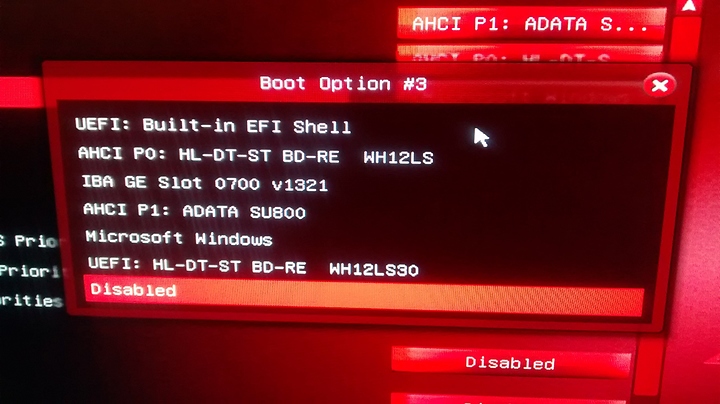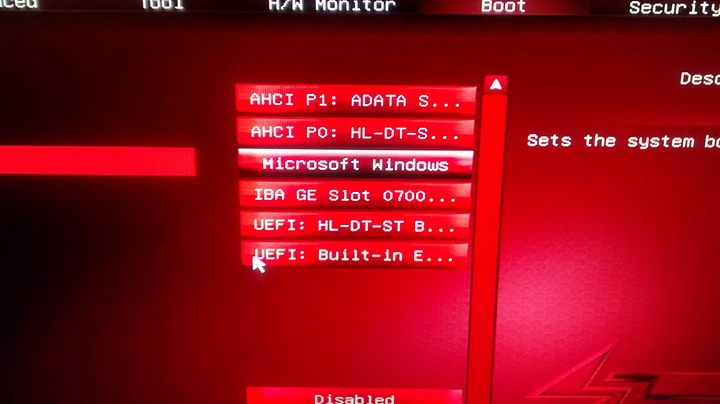Most of you know that for almost the last two years I've been running a Linux daily driver with a Windows 7 KVM (kernel based virtual machine), I've been really happy with the setup, it has been basically trouble free, robust, and offers the best of both Windows and Linux has to offer.
As we all know Win 7 is coming to the end of it's service life and I was starting to see issues with drivers and some newer programs not performing as expected, I've lived with the issues because they haven't been much more than a annoyance until I bought Just Cause 3, trying to play the game is almost impossible on my setup, lots of latency in the entire system that never appeared on any other game or piece of software.
At the same time I've been wanting to do a fresh install of Fedora 25 and build a new Windows KVM to address a few problems that I created because of being a total noob at Linux when I originally built the system, I've updated the host system over the years from Fedora 22 to 23 then to 24 then to 25, but I really wanted to start fresh.
I also had the idea of trying to move to Windows 8.1 (I know) I've stated here on the forum many times in threads that I would be staying with Win 7 but it just isn't going to workout, I've already had issues with video drivers (Crimson) not installing correctly and creating lots of BSDs, newer programs not wanting to play nice, and just the general sluggishness that Win 7 has at times.
So a friend of mine offered me a copy of Win X enterprise which is the version that does allow you to shut off at least some of the telemetry (MS's term for built-in spyware), only problem is he didn't have a activation key I could use, so a little research and it seems you can run it without activation but no one can say just how long and I figured I'd give it a try and worse case I'd have to buy a key from one of the re-sellers.
I decided to give it a try, building the KVM this time I wanted to use UEFI instead of the SeaBIOS I had been using which is suppose to boot much faster, I also wanted to change the USB controller I was passing through from a USB 2 to a USB 3 and change a few other pieces of hardware into a better configuration for a more modern OS to run as a guest.
Installation went great, I've done the hardware pass through on my system so may times that I almost know the IDs of the devices by heart, I wanted to use Fedora with the KDE DE and built the system that way on the first attempt but Plasma 5.8 was just flaky on my hardware, I had problems with Samba shares, had problems with it not using Wayland, and other assorted issues that would creep up over normal usage that seemed to be related to graphic drivers but it was so sporadic it was hard to pin down.
So goodby KDE and back to Gnome which has always just flat worked for me, I got my host installed and configured, updated, and tweaked to my liking, on to the KVM, I had a little problem with pointing at the ISO I wanted to use first putting it on a thumb drive that QEMU/vert-manager couldn't find but just pointing the installer at my directory where the ISO resided did the trick, the install of the enterprise edition is pretty much the same as a normal Win X or 8.1 install with the exception of a few questions about domains and such, unlike a install of previous MS operating systems it doesn't ask or try to shove you towards a MS account just to install the OS.
Using UEFI to boot the guest prolly cut the boot up time down to about 1/3 of what it took for Win 7 using SeaBIOS but I have no way to know if that is totally based on the different BIOSs or partially because of a more modern operating system...either way it boots pretty fast like 20sec or so to get to the login screen...not too bad.
I used the custom install not the express that was of course recommended by the installer, lots of switches to turn off, probably more options or switches then I've seem mentioned before and while it looks like your turning off stuff including updates (you can only put them off to a later date, not just opt out from what I could tell) but we will see just how much is actually turned off and what has a useless switch that does nothing.
It really didn't like that I turned off Windows firewall and Windows defender which cause multiple pop ups from the action center, but I installed GlassWire to monitor what is going on, I don't use any AV software on guest system since they are in a VM container, Steam installed just fine and JC2 and JC3 loaded faster and ran better than on the old system, when I was finished I took a snap shot of the VM to create a restore or new build point....all in all so far so good!
The lack of activation so far hasn't been a issue but I doubt it will let me go very long (maybe long enough to cast judgment...we will see) but from what I've read it just nags you from time to time, I wasn't able to join our "home group" even with the correct password, it kept error-ing out saying it didn't detect a home group even though 5 minuets before it said there was one and told you where you could get the password, I have a feeling this is a side effect of not activating it, they can keep you from network resources like shared printers, but network-wise it sees my network, can access any server on the network (ie Ubuntu, FreeNas) so the lack of being able to access a network printer isn't a deal breaker just yet....lol.
Anyway thanks for taking the time to read my post, sorry I'm re-nigging on never using Win X.... and it's way too early for me to give any hard facts about how the enterprise edition behaves operating in a KVM but so far it looks like it ill be just fine.
As always comments and suggestions are welcome.


